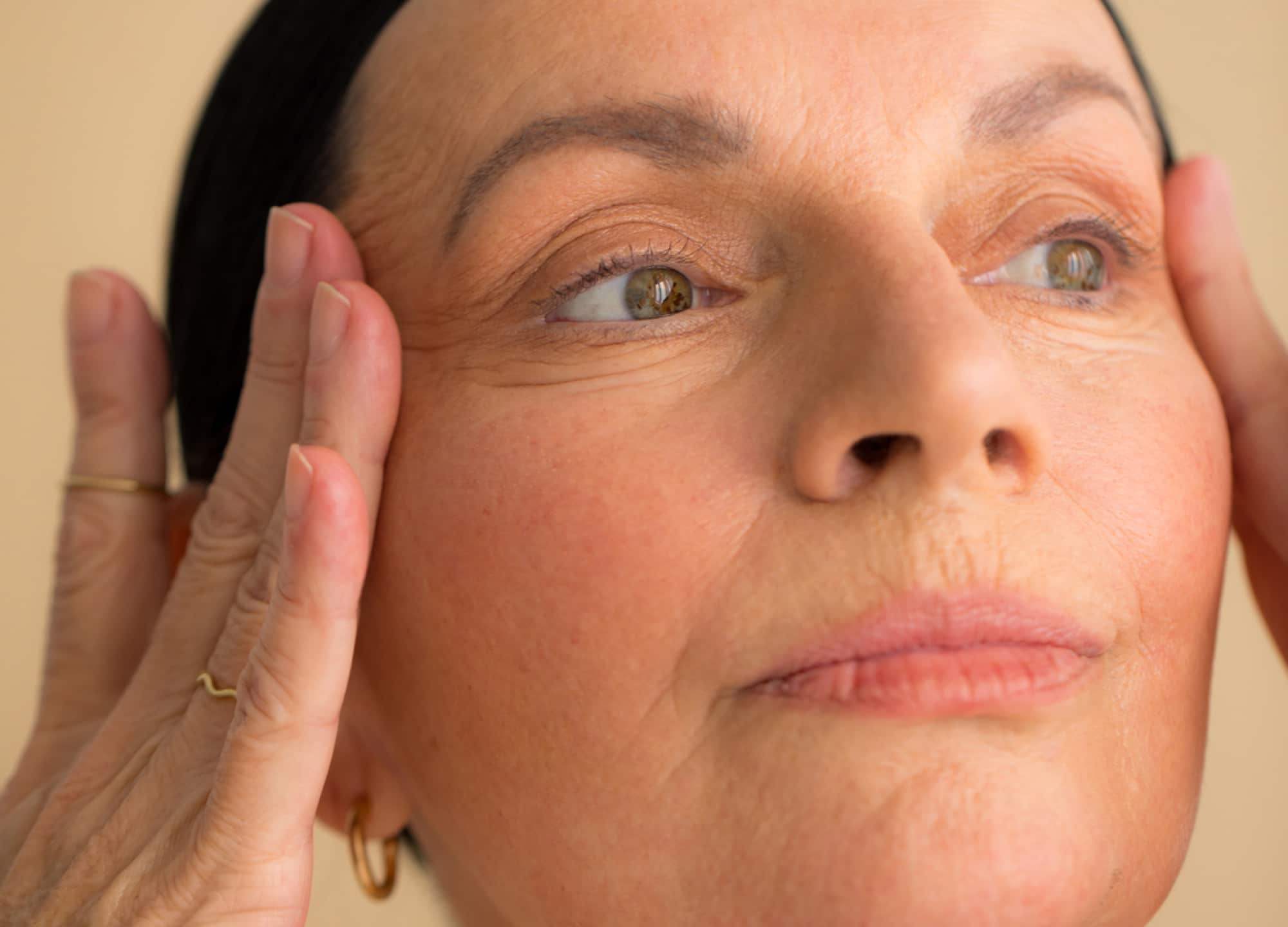It wasn’t too long ago that facelifts were considered fairly taboo. They were something celebrities—or maybe your grandma—did in secret, taking weeks to disappear from society only to reemerge looking tighter, pulled, different. Happily, those days are long gone. Various surgical advances have brought the facelift into the modern day—and made the plastic surgery procedure something that even people in their 40s are seeking out. Today, facelifts aren’t one-size-fits-all; the nuances and results can vary greatly, depending on both patient and surgeon.
And to that point, the potential for a botched facelift has diminished too. “It’s much more common these days for someone to undergo a plastic surgery that they’re not the right candidate for rather than having a surgery performed incorrectly or with complications,” says Dr. Mark Mofid, a board-certified plastic surgeon in La Jolla, California. Surgery disasters are the exception, not the norm. Still, botched plastic surgery does happen.
In assessing facelift results—and looking for signs of potential problems—the best thing to do is to look at the after photo and see if the patient looks good. Yes, it’s as simple as that. (And, quite frankly, a good rule for assessing all kinds of cosmetic procedures.) “Don’t even look at the before. Just look at the after and see if he or she looks natural and good for their age,” advises Dr. Jeffery Joseph, a board-certified facial plastic surgeon in Lafayette, Louisiana. Similarly, it’s important to know how long post-surgery that after photo was taken. “Everyone looks good one to two months later, when there’s still some swelling that creates the appearance of more volume,” he notes. Ideally, look for photos that are six months or more post-op.
All that being said, there are some dead giveaways that something did go awry during surgery. Here, five red flags doctors say are most commonly seen in a botched facelift—and what can be done to fix them.
Noticeable asymmetry
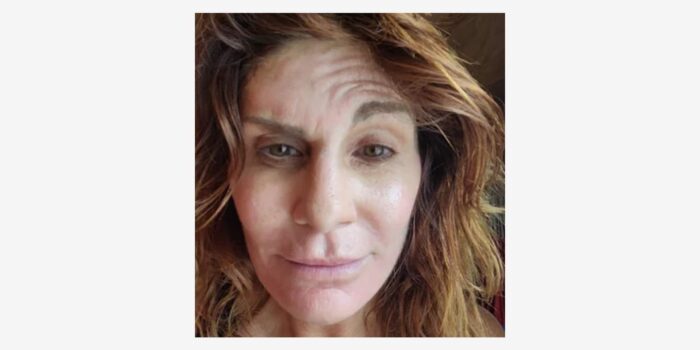
To be fair, all faces are slightly asymmetrical—and will be even after facelift surgery. However, “noticeable asymmetry that you can clearly pick out or uneven results from one side of the face to the other can be an indication that the internal stitches were either not placed or not reinforced well,” notes Dr. Diana Ponsky, a board-certified facial plastic surgeon in Beachwood, Ohio. Nerve damage, or neuropraxia, can also cause some asymmetry; but this then becomes a question of whether it’s an indication of a surgical compilation or of facial plastic surgery gone wrong, she adds. Depending on just how severe the asymmetry is, a revision or corrective facelift may be required, although sometimes injectable fillers can help as well, she notes.
Windswept skin
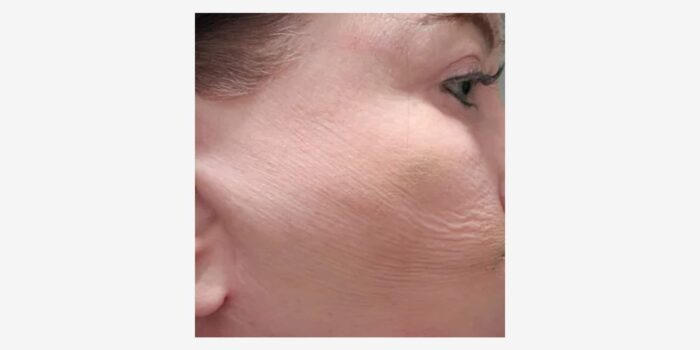
In this day and age, we have so many tools and ways to address underlying tissue that a facelift isn’t just a removal and pulling of the skin, notes Dr. Ponsky, so there should be no reason for ending up with overly taught, shiny, very windswept-looking skin. (You know, the kind that was a dead giveaway in the past that someone had had a facelift; see: Mickey Rourke or Donatella Versace.) As far as a fix goes, doing things to help improve the skin’s general elasticity and plumpness is the best bet. Dr. Ponsky notes that hyaluronic acid fillers can be effective here, particularly the latest class of skin boosters, such as Skinvive.
An irregular hairline
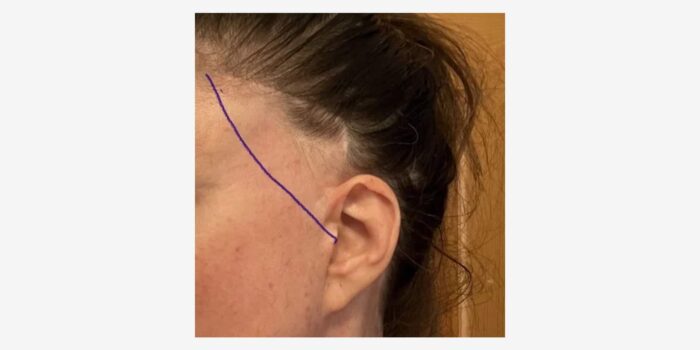
“Hairline distortion is a huge giveaway,” notes Dr. Joseph, adding that it’s often seen along the temples and sideburns where incisions are made. There should be a natural transition and angle from the hair at the sideburn to where it meets the rest of the hairline, he notes. This can actually be a larger issue in men who have had facelifts where the surgeons end up almost totally excising the sideburns in an attempt to remove excess skin, notes Dr. Mofid. This creates a very odd appearance, and the only solution is to perform a hair transplant in order to essentially reconstruct sideburns, he adds.
Earlobe deformity
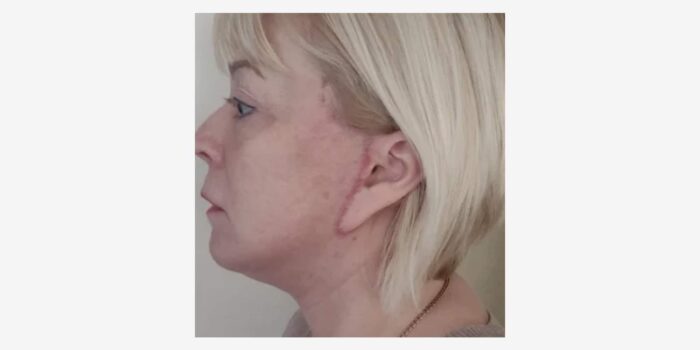
Given the placement of incisions around the ear, this is another common area where things can go awry. Rather than the earlobe being loose and floppy, you may notice that it starts to pull downward, with the lobe being tethered to the rest of the skin, says Dr. Joseph. (It’s often referred to as “pixie ear.”) This indicates that too much skin was removed. Dr. Mofid agrees, noting that it can also be a sign that the dissection of the skin was done incorrectly. It is fixable, he adds, though likely will require another cosmetic surgery or reconstructive surgery in order to recruit more skin to address this type of tethering.
Hypertrophic scarring
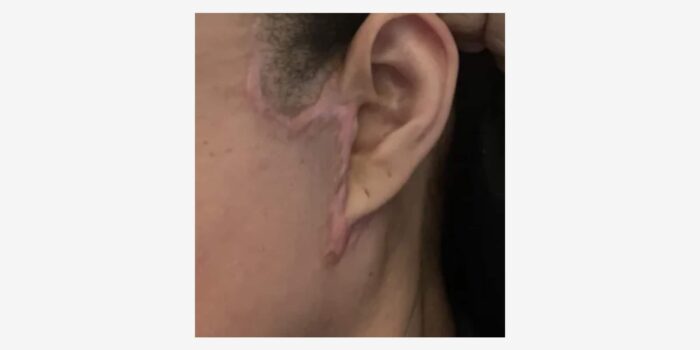
“Plastic surgeons are judged on the quality of their scars. Hypertrophic or raised scars are one of the most common indications for a revisionary facelift,” says Dr. Mofid. These can occur because the surgeon pulled the skin too tight or excised too much skin to begin with. Dr. Ponsky adds that this also tends to happen in the area in front of the ears, where there’s a general propensity for hypertrophic scarring because the skin is thicker. Solutions include steroid injections or injections of 5-FU, a drug used to treat hypertrophic scars and keloids. However, in extreme cases, the entire scar may have to be excised and redone, notes Dr. Mofid.







